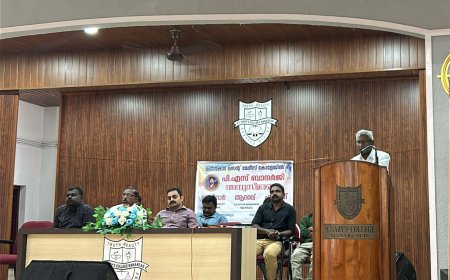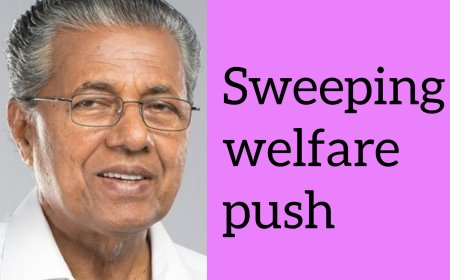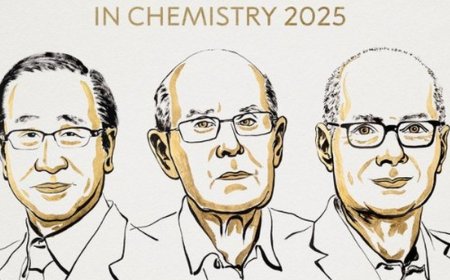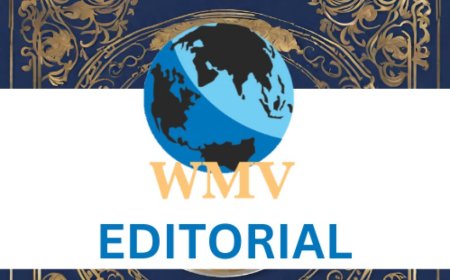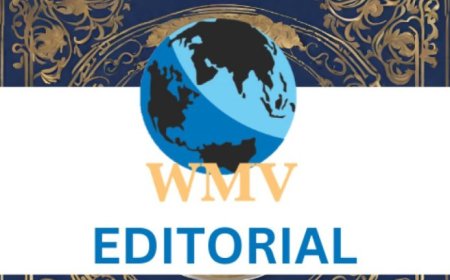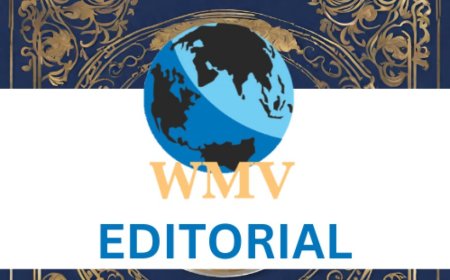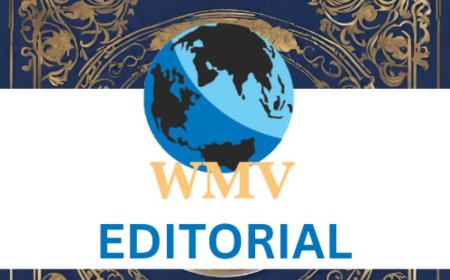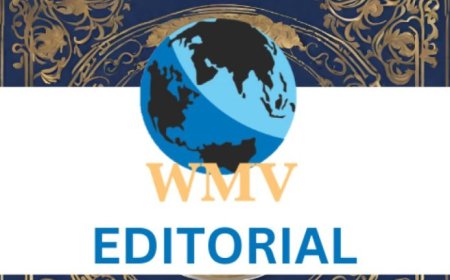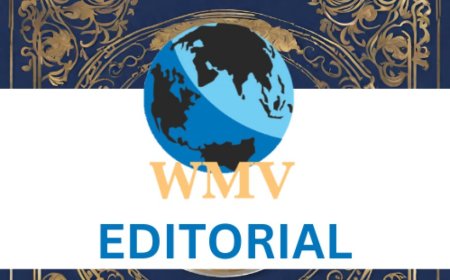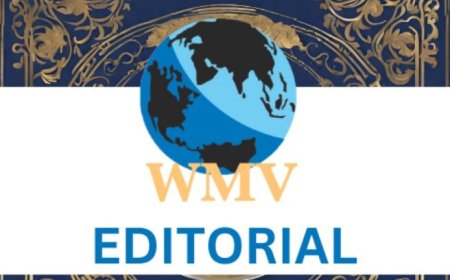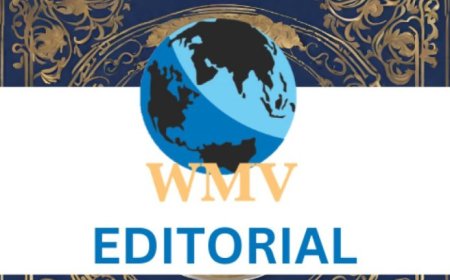Can Trump's $100,000 H-1B visa fee hike boost local hiring? Geojit's Vinod Nair explains how
Vinod Nair, Head of Research, Geojit Financial Services, sheds light on how Donald Trump's $100,000 H-1B visa fee hike is expected to impact Indian IT companies in the short term, prompting a shift toward increased local hiring.

THE recent fall of the market is largely triggered by IT and pharma stocks. Together, these sectors represent ~15% of the broader Indian market.
The IT index came under early pressure amid concerns over rising H-1B visa costs and Accenture’s recent subdued outlook, while fresh 100% U.S. tariffs on pharma products triggered heavy selling in the sector. Mid- and small-cap stocks fell more steeply than large caps, reflecting valuation pressures.
The $100,000 H-1B visa fee hike in the US is expected to impact Indian IT companies in the short term, prompting a shift toward increased local hiring, subcontracting, and offshore delivery. Larger firms are better positioned to absorb these costs, whereas mid-tier companies dependent on fresh visas may face margin pressures and potential project delays.
This change could accelerate IT investments in Global Capability Centers (GCCs), automation, AI, and geographic diversification into EMEA and APAC regions. Given the inherent strength of the IT business model, the long-term impact could turn positive, supported by higher offsite, offshore and passthrough. This presents a favourable opportunity for long-term investors to accumulate positions in the sector.
The proposed 100% US tariffs on branded and patented pharmaceutical products are expected to affect manufacturing facilities in South Korea, the UK, Ireland, and Switzerland, although countries with US trade agreements, like the UK, the EU, and Japan, are exempt.
Consequently, the Indian pharma sector is bearing the impact as trade discussions continue. While standard generics—the mainstay of Indian exports—remain largely unaffected, newer products like complex generics and biosimilars could face risks, depending on their manufacturing locations. Indian CDMOs could lose competitiveness unless they have US-based facilities.
However, the deal made by Pfizer with the US government to provide discounted branded products directed through its website has temporarily eased the pressure; more such deals are expected, which could reduce the risk of price control.
Overall, the domestic impact is limited, as roughly 90% of the U.S. market is generics, an area of strength for Indian pharma, with several companies already expanding or planning manufacturing in the U.S.
Despite the positive domestic economy outlook, RBI has upgraded FY26 GDP growth to 6.8%. In light of global headwinds and geopolitical uncertainties, a balanced investment portfolio is recommended, with 70% allocated to equities, 25% to bonds or debt instruments, and 5% to gold.
Due to a drastic increase in international gold prices, we cut the weight from 10% to 5%. Equities are expected to remain buoyant over the medium term, supported by fiscal policies and in anticipation of a reduction in future trade risk. However, the current equity trends are tempered by global challenges, moderate earnings growth, elevated valuations and FIIs selling.
FII outflows have been a key factor behind India’s underperformance relative to global markets.
Meanwhile, the latest 25-basis-point interest rate cut by the US Federal Reserve and expectations of further cuts during the year are likely to weaken the dollar and enhance FII inflows into emerging markets like India. While immediate benefits may be limited, this move strengthens sentiment and mitigates downside risks.
Secondly, Indian equities are likely to benefit due to the drastic drop in premium valuation to emerging markets. About earnings growth, although Q2 earnings are expected to be modestly positive, Q3 results could mark the start of a stronger growth trajectory, driven by fiscal & RBI’s financial stimulus. These factors are expected to influence a potential reversal in FII flows going forward.
Over the next 12–24 months, domestic investment themes are poised to deliver stable returns, driven by reforms such as tax cuts, lower GST rates, easing inflation, and potential rate reductions.
These measures are expected to boost disposable incomes and consumption, benefiting sectors like automobiles, consumer durables, real estate, and FMCG. Infrastructure also remains a promising theme, supported by government capex and modernisation efforts, while emerging sectors like data centres and green energy offer additional opportunities.
Despite current challenges, the IT sector offers a contrarian play for long-term and high-risk short-term investors, particularly as further Fed rate cuts materialise.





